Inks on paper.
Inscriptions and stamp of an Amritsar gallery on the back.
India, Punjab in the style of the Upper Punjab.
Second half of the 19th century.
Dimensions of each sheet: Height: 21 cm x Length: 31.5 cm.
At the court of Ayodhya, King Dasaratha despaired of having no children, until he accomplished the sacrifice of the horse. His wives then gave him four sons, including Râma, in which Vishnu was embodied, but also Bharata, Lakhshmana and Satrughna, all sharing the divine essence of Râma. Râma married Princess Sîtâ, who was none other than the incarnation of Lakshmî, the consort of Vishnu. Heir apparent to the throne of Ayodhya, he was first deposed in favor of his brother Bharata and went into exile in the forest, with his wife and brother, Lakhshmana. There they were attacked by the sister of the demon king Râvana, Sûrpanakhâ, who had fallen in love with the two brothers, until Lakhshmana cut his nose, ears and breasts. Sûrpanakhâ excited his brother for revenge who decided to kidnap Sîtâ. Râma then turned to Sugrîva, the king of the monkeys, to help him defeat Râvana and liberate Sîtâ. The latter entrusted to him an army led by his general Hanuman thanks to which he obtained the victory. He finally returned to Ayodhya where he was crowned king.
1.Kumbhakarna, brother of Sûrpanakhâ discusses with the king Ravana in his palace the strategy of the battle against Râma, to avenge his sister.
2. Standing Kumbhakarna is surrounded by div give Ravana necklaces and brings him food.
3.At the door of the palace, Kumbhakarna is holding a club.
4.Kumbhakarna is seated on a chariot driven by horses, accompanied by a troop of divs, some mounted on lions or horses.
5.Battle scene between Kumbhakarna and the army of monkeys in the countryside.
6. The div devours monkeys while Râma and Lakhshmana discuss.
7.Râma and Lakhshmana attack Kumbhakarna and break his weapon.
8.The Khumbhakarna div sits before the raging army of the monkeys.
9.The div is about to ride the monkeys.
10.Wounded, Khumbhakarna drops his trident.
11.Khumbhakarna's arms are cut.
12.Balarama or Rama unhooks the arrow from his bow which is planted in the skull of Khumbhakarna.
Bibliography: Translation of the Râmâyana by Madeleine Biardeau and Marie- Claude Porcher, Le Ramayana de Valkimi, Paris, 1994, which is included in the illustrated edition published by Diane de Selliers in 7 volumes, and published in 2011. For the study of miniatures which illustrate these manuscripts: Jeremiah Losty, The Ramayana: Love and Valor in India's Great Epic. The Mewar Ramayana manuscripts, London, 2008.


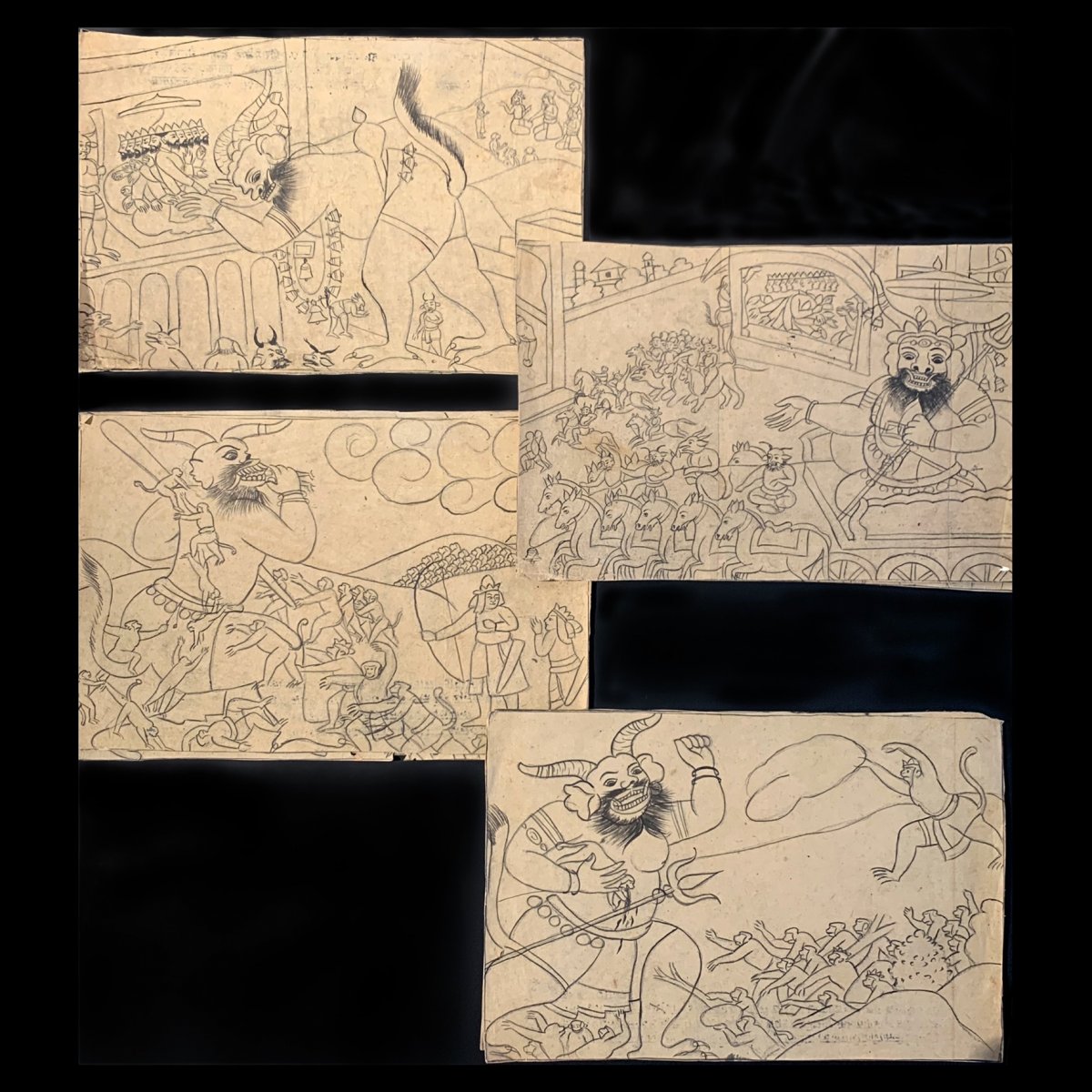
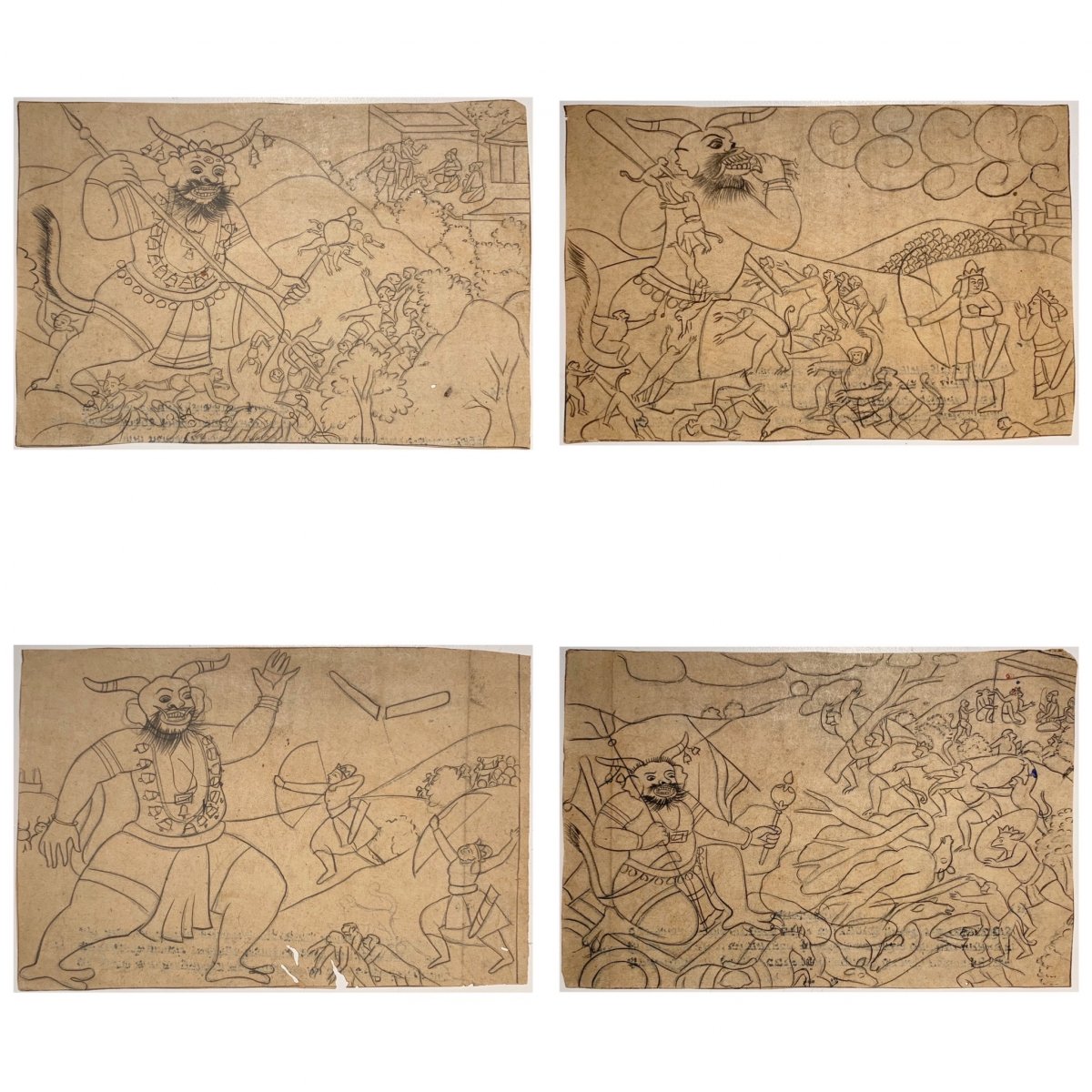
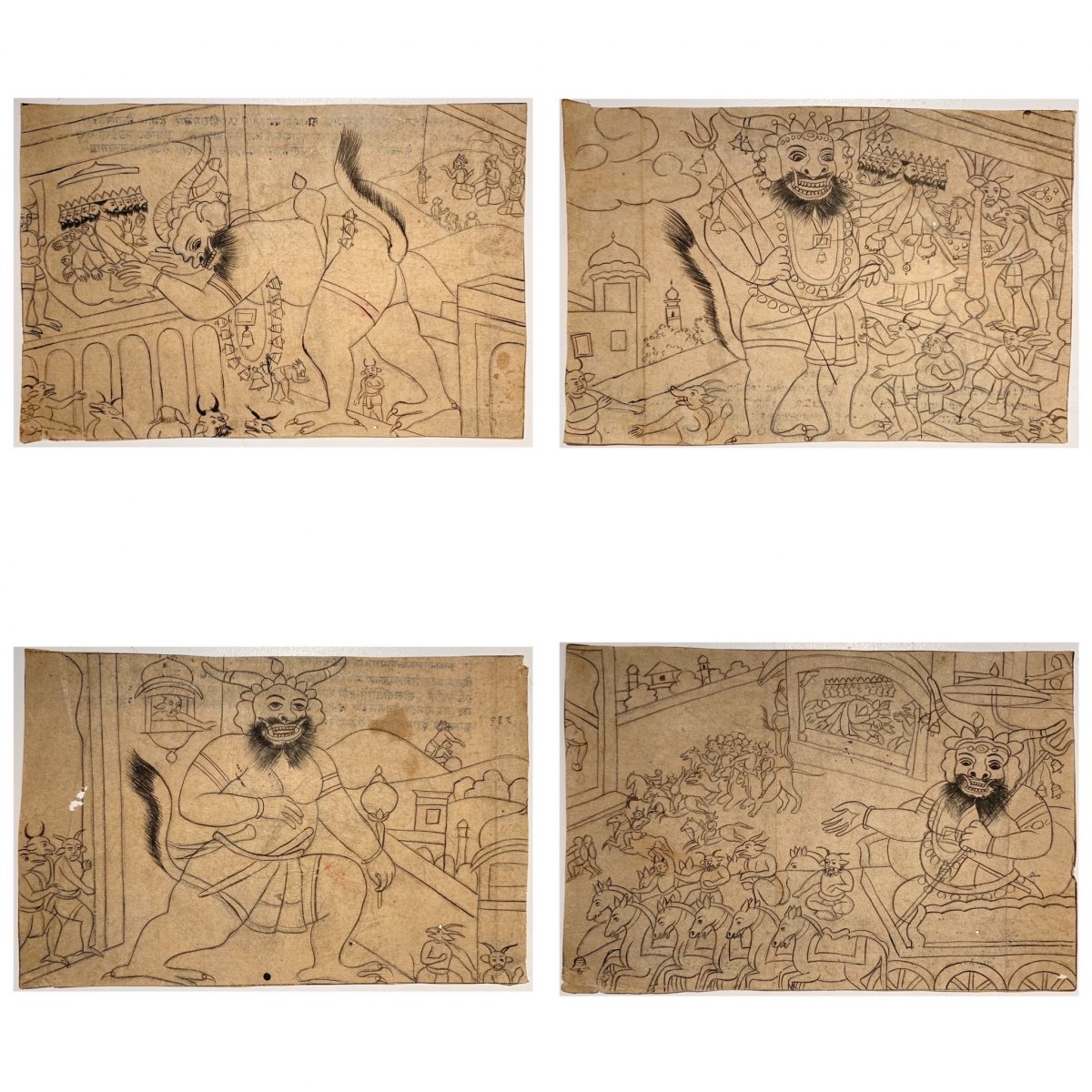
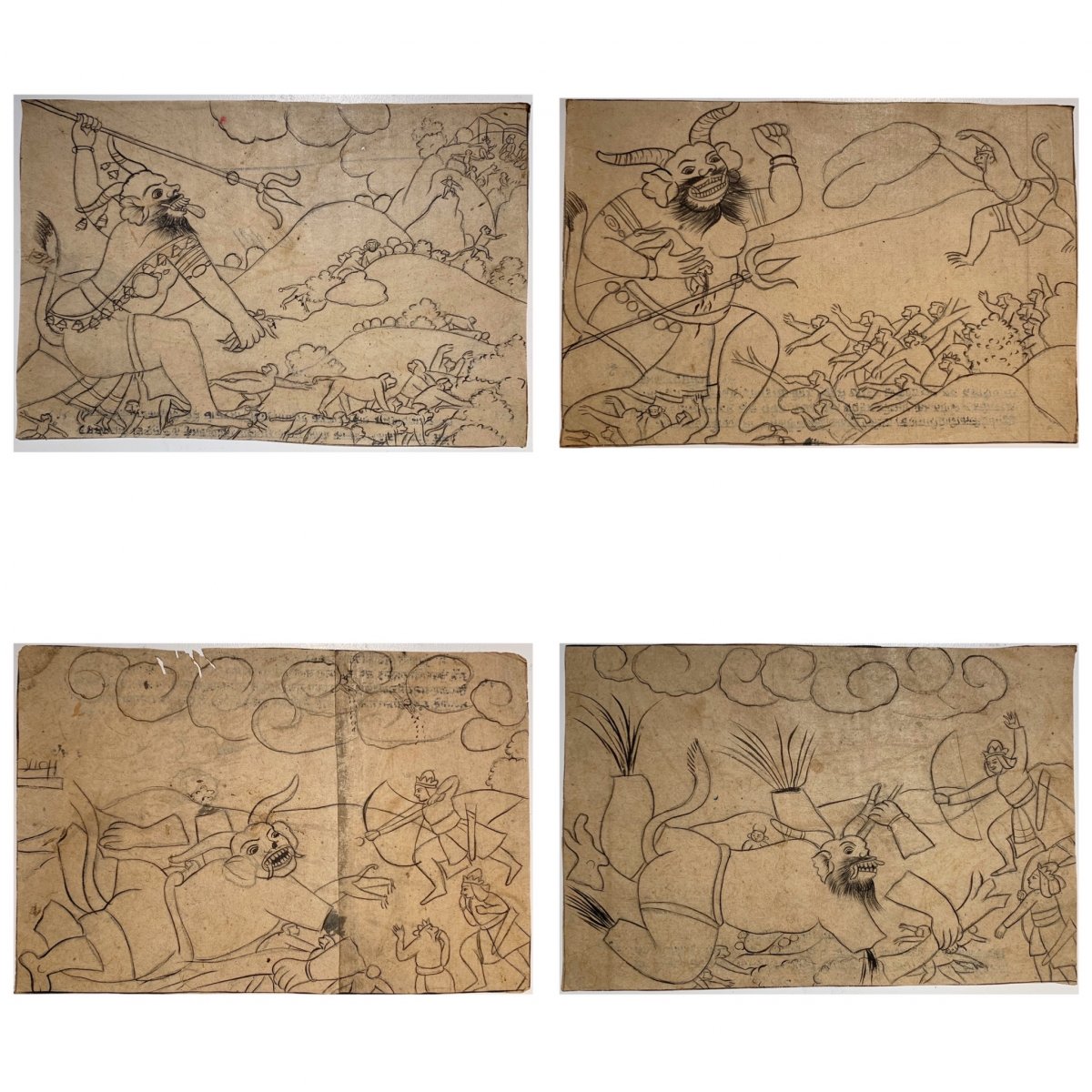
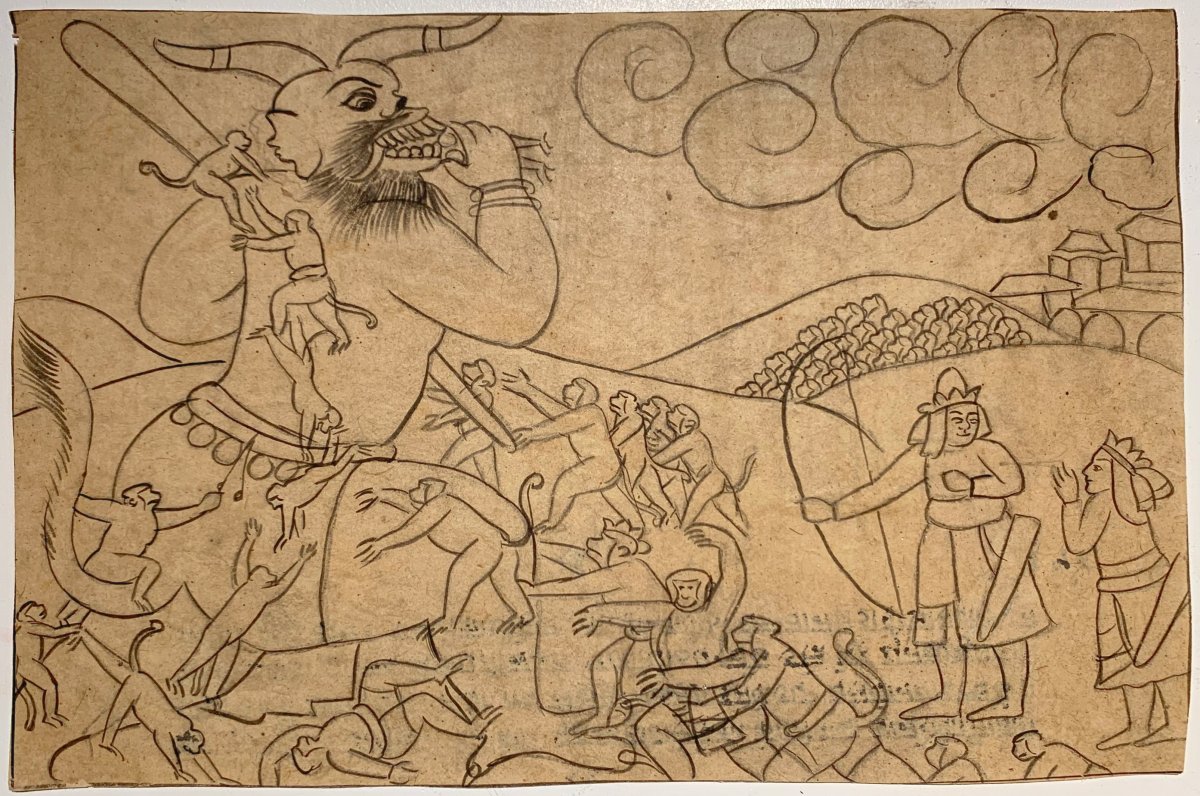
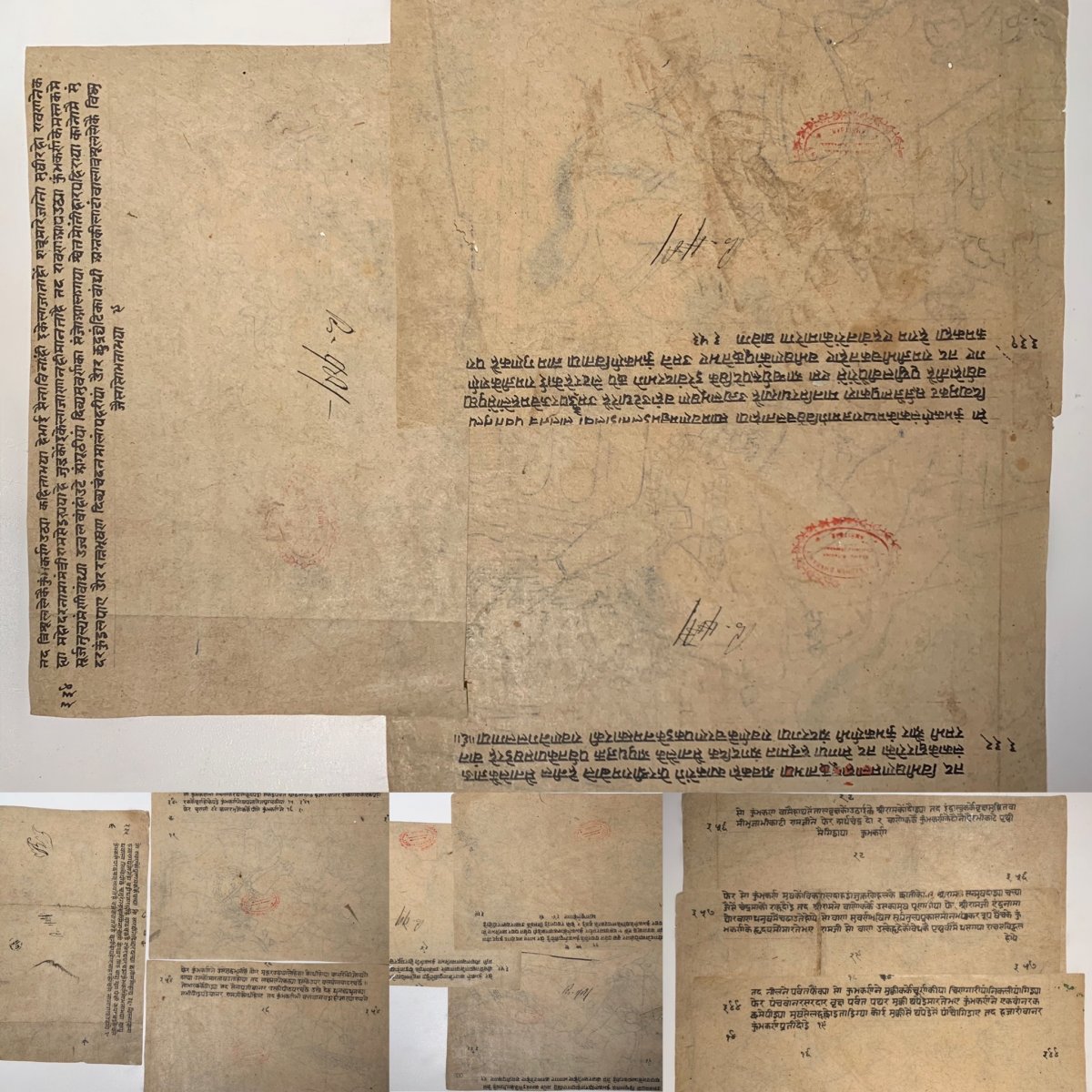
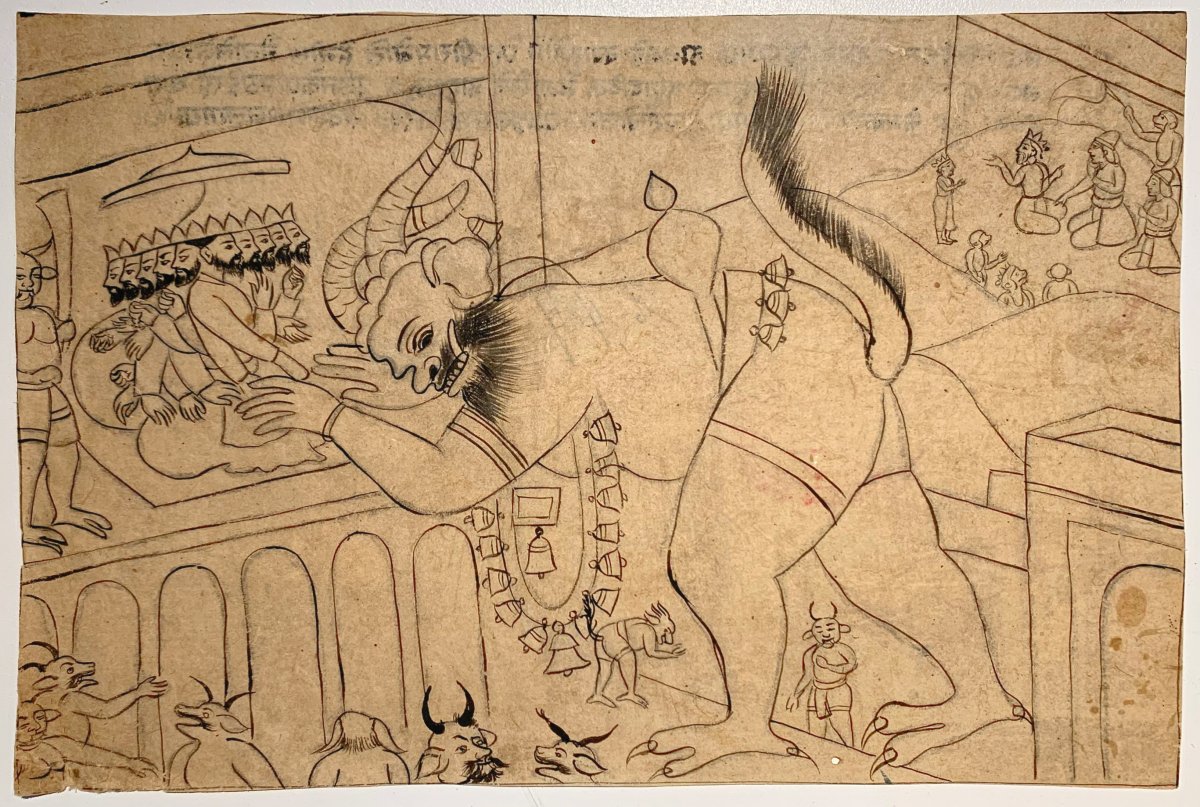
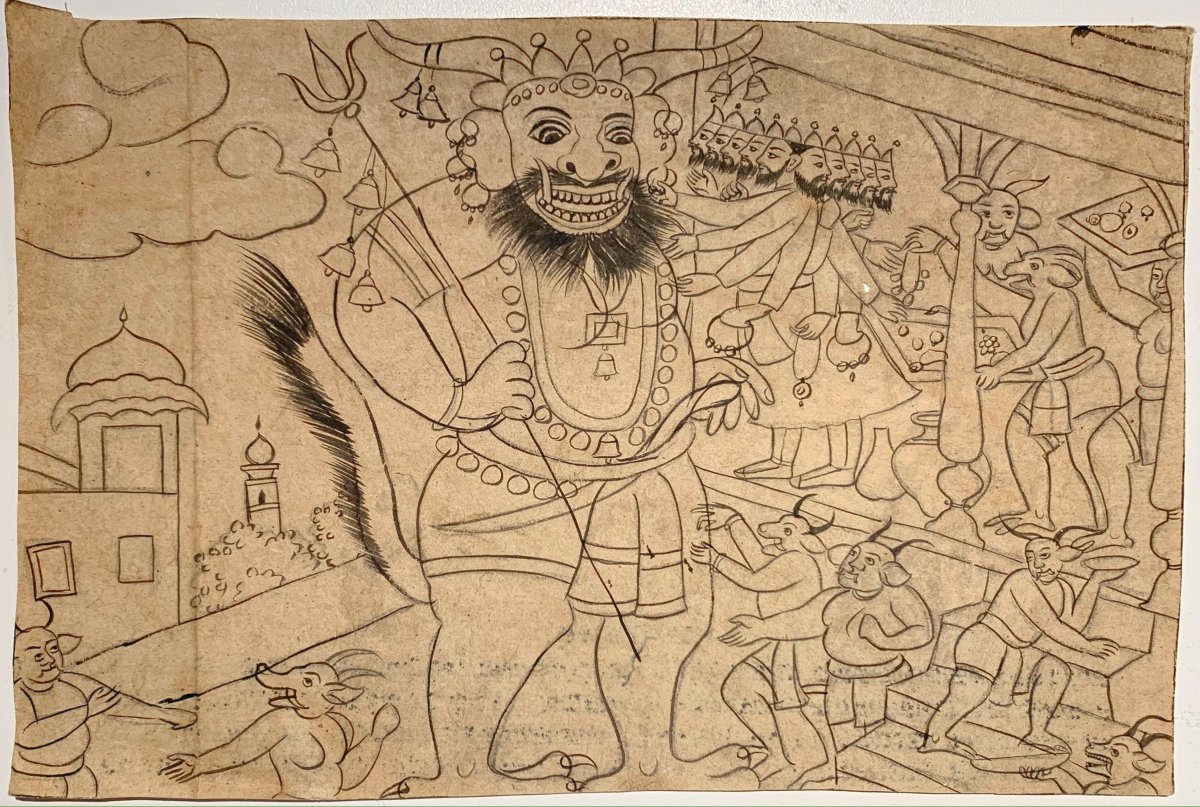
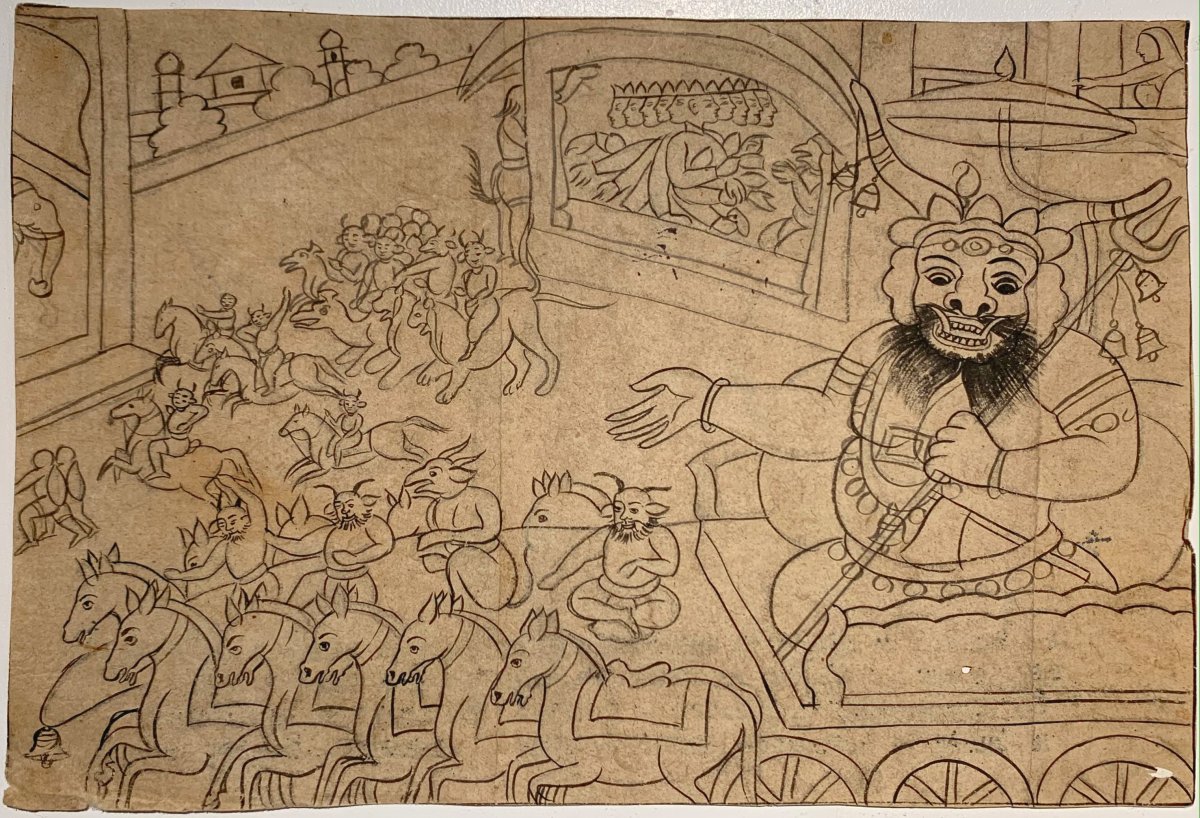
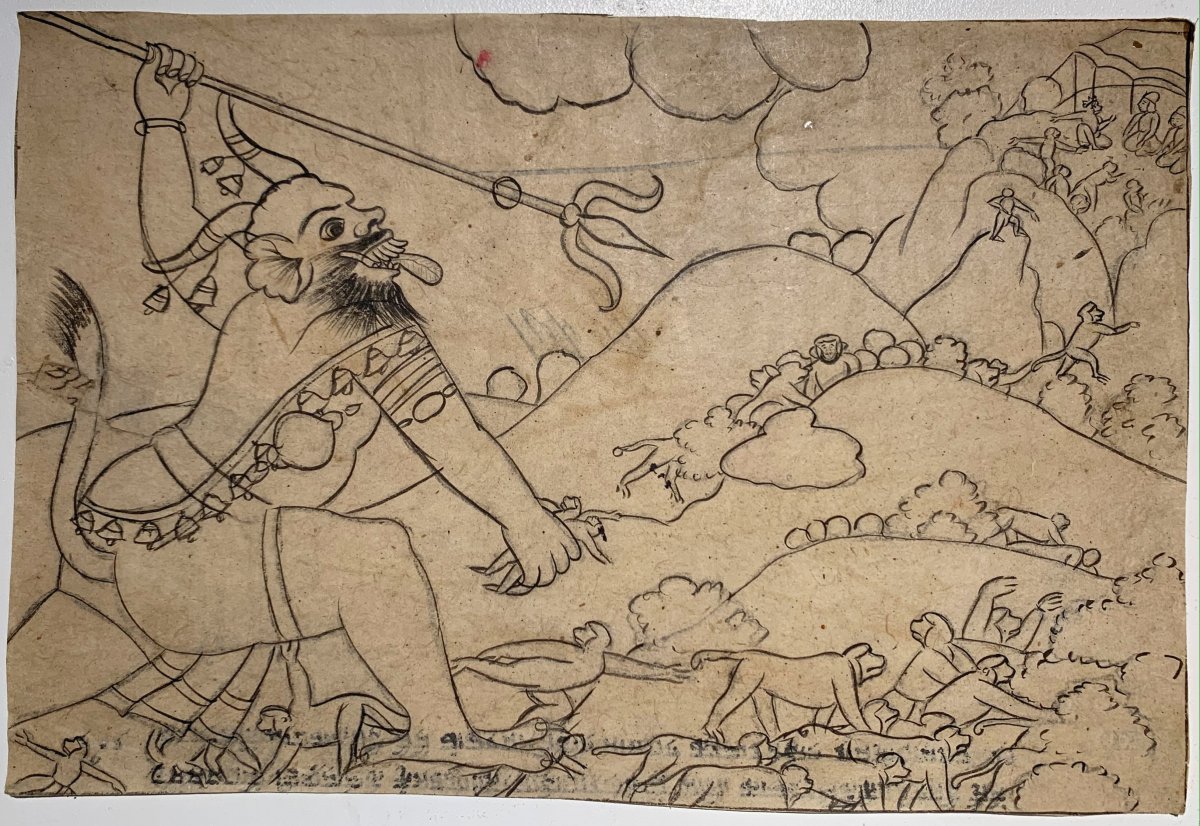
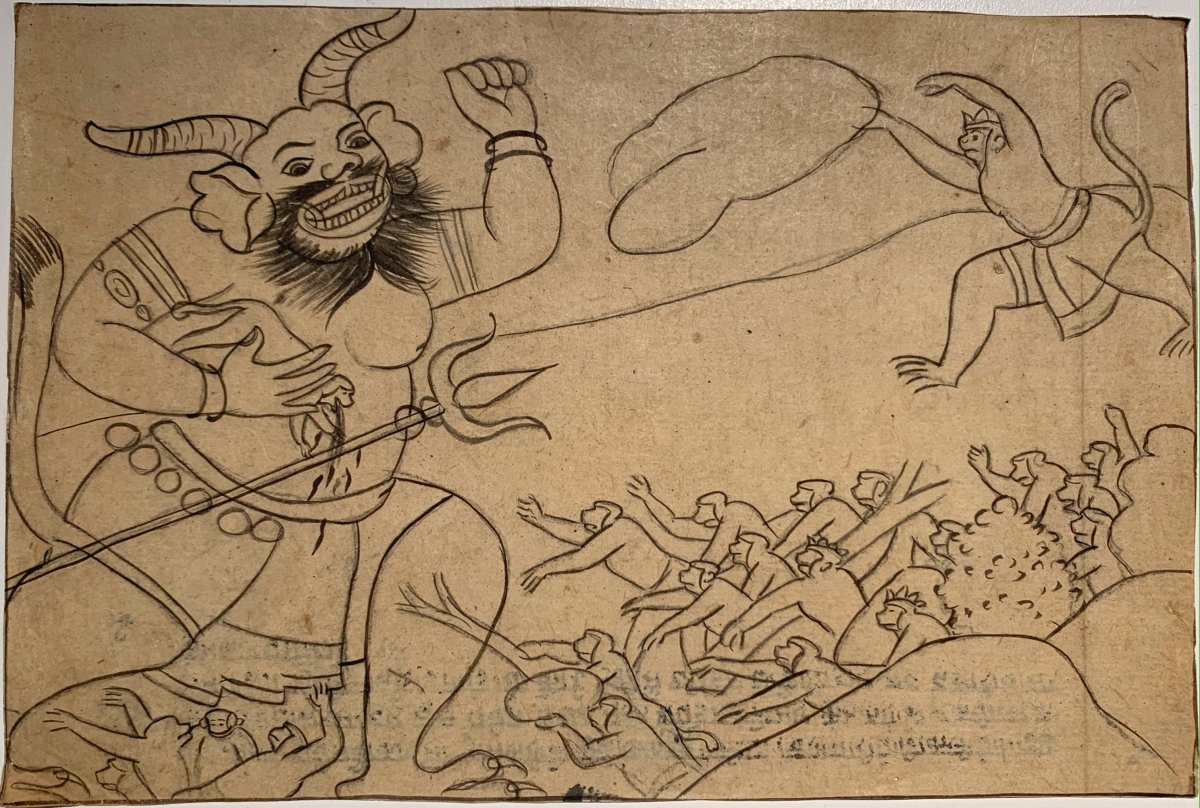
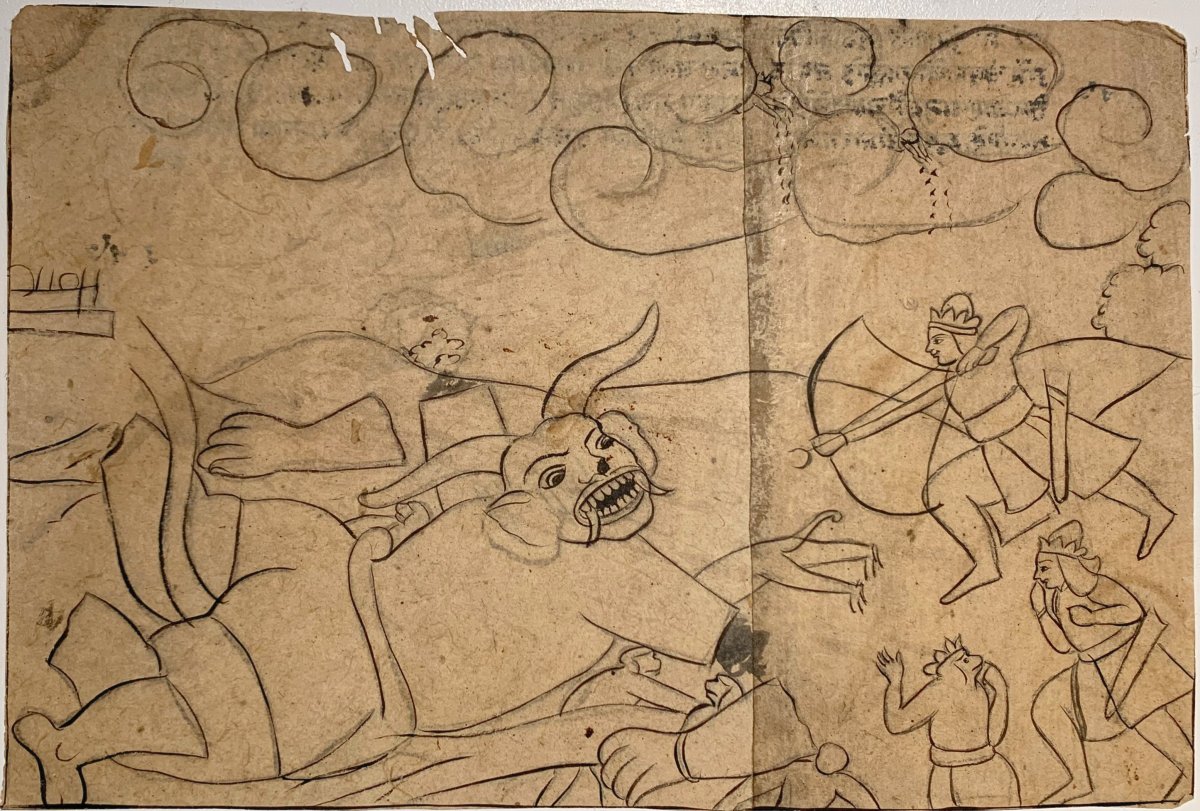














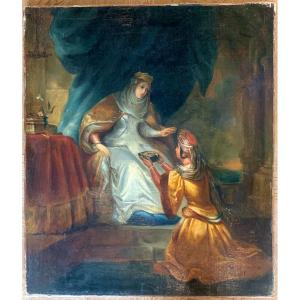



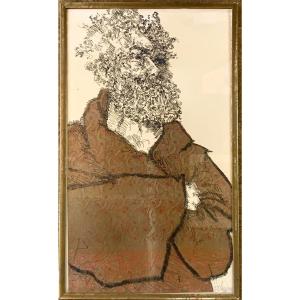

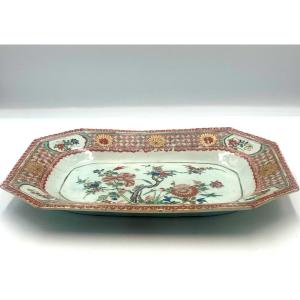


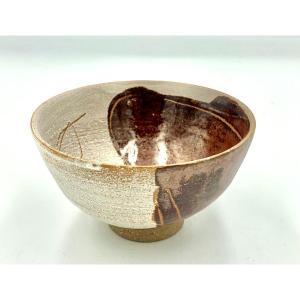


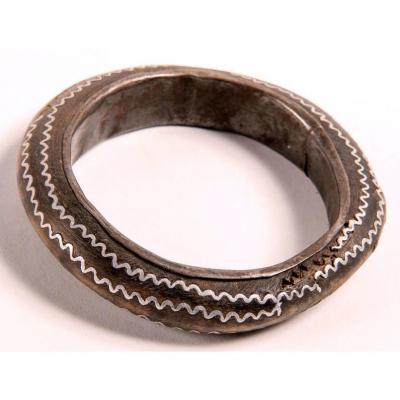

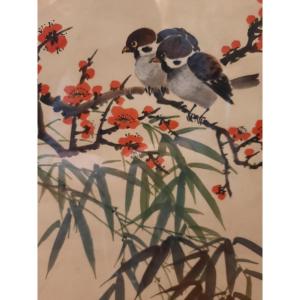

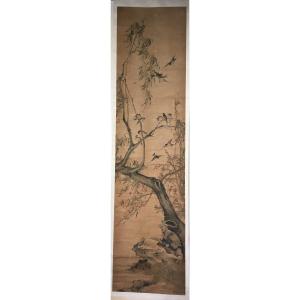





 Le Magazine de PROANTIC
Le Magazine de PROANTIC TRÉSORS Magazine
TRÉSORS Magazine Rivista Artiquariato
Rivista Artiquariato